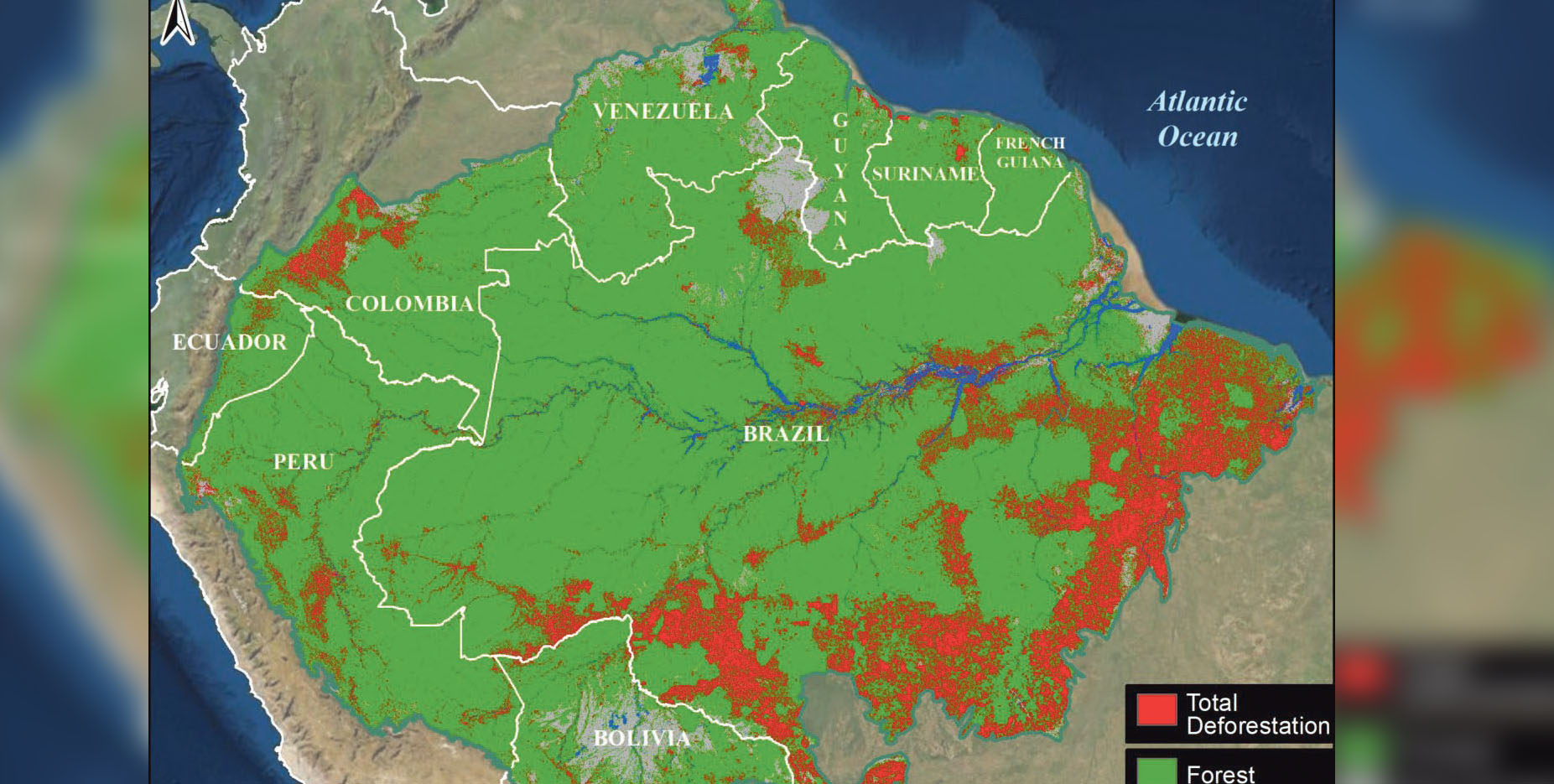
“Save the rainforest” was once a platitude used to mock environmentalists. Now, after myriad extreme weather events in recent weeks that have put a spotlight on climate change and the importance of mitigating its effects—rainforest conservation is back on the agenda.
On August 8–9 in the city of Belem, Brazilian President Luiz Inacio Lula da Silva hosted the Amazon Cooperation Treaty Organisation (ACTO), a body aimed at sustainable development in the Amazon that has only met three times since its founding in 1978.
Members include Bolivia, Brazil, Venezuela, Colombia, Guyana, Ecuador, Suriname, and Peru.
The meeting culminated in the Belem Declaration, which set a framework for member nations to coordinate law enforcement activities to combat illegal mining and logging, including opening 39 police bases across the region. The declaration also called for coordination between banks to fund conservation projects and to assist with sustainable employment opportunities for indigenous populations.
Leaders also established a scientific body committed to publishing annual reports on the Amazon rainforest. While Brazil’s leader, commonly known as “Lula,” pledged to end deforestation by 2030, and Colombia’s President, Gustavo Petro, committed to halting new oil exploration, the measures were not included in the final declaration as they did not garner consensus among all eight members of ACTO.
President Lula has received praise for his focus on preserving the Amazon. Since retaking office seven months ago, Amazon deforestation has been reduced by an estimated 42 per cent, according to preliminary satellite data.
His approach lies in stark contrast to that of his predecessor, Jair Bolsonaro. According to Vox, Bolsonaro “stripped enforcement measures, cut spending for science and environmental agencies, fired environmental experts, and pushed to weaken Indigenous land rights, among other activities largely in support of the agribusiness industry.”
Logging, oil drilling, soybean plantations, and cattle ranches pose major threats to the Amazon rainforest, one of the most biodiverse areas on the planet and a significant global carbon sink.
Climate experts fear that if extractive activities do not cease, a tipping point could be reached when deforestation reaches 20–25 per cent, upon which the rainforest itself may transform into a savannah and no longer serve as the “lungs of the earth.”
Nations outside of South America also joined the conference, including those with biodiverse rainforests, such as Indonesia, the Democratic Republic of the Congo, and the Republic of the Congo. On the sidelines of the conference, DRC President, Felix Tshisekedi, spoke to President Lula da Silva about bilateral cooperation on forest preservation.
Lula announced his intention to travel to Kinshasa for a trilateral rainforest summit between the DRC, Brazil, and Indonesia, the countries with the three largest rainforests in the world.
Despite Lula’s commitment to rainforest conservation, he has received criticism for allowing the state-run oil giant, Petrobras, to explore for oil in an offshore region of the Amazon.
Brazil’s attorney general is expected to issue an opinion making it unnecessary for Petrobras to conduct an environmental impact assessment ahead of prospecting for oil in the ecologically sensitive northern coastal region. Colombia’s President slammed oil exploration in the rainforest as a “complete contradiction.”
Lula’s preservation focus seems to be more on logging than oil drilling. Outside of the conference, indigenous groups protested resource extraction in the Amazon, called for “effective measures to fight environmental crimes,” and called on leaders to keep the Amazon from reaching a point of no return.
The Amazon is home to 10 per cent, of all species on the planet. It covers 6.7 million square kilometres and is home to 47 million people. An estimated 17 per cent, of the rainforest has already been lost, according to the World Wildlife Fund.
There is an understandable focus on rainforest conservation to protect biodiversity and maintain areas that can absorb significant amounts of carbon, as climate change’s tipping point approaches.
The Guardian reported on a recent seven-day span of extreme weather events and natural disasters, including wildfires in Greece, Spain, Turkey, Tunisia, and the US; flooding in India and China; heatwaves in the US, China, Italy, and Gaza; and mudslides in Uruguay and Colombia.
The race to balance carbon emissions and absorption is on, and leaders continue to put hope and diplomacy into rainforest conservation.
Base Map: Total Amazon forest loss (2022).
(Data: Monitoring of the Andean Amazon Project)
Sarah Sakeena Marshall,
American University’s School of Intl Service & The Muslim News, Environmental Columnist